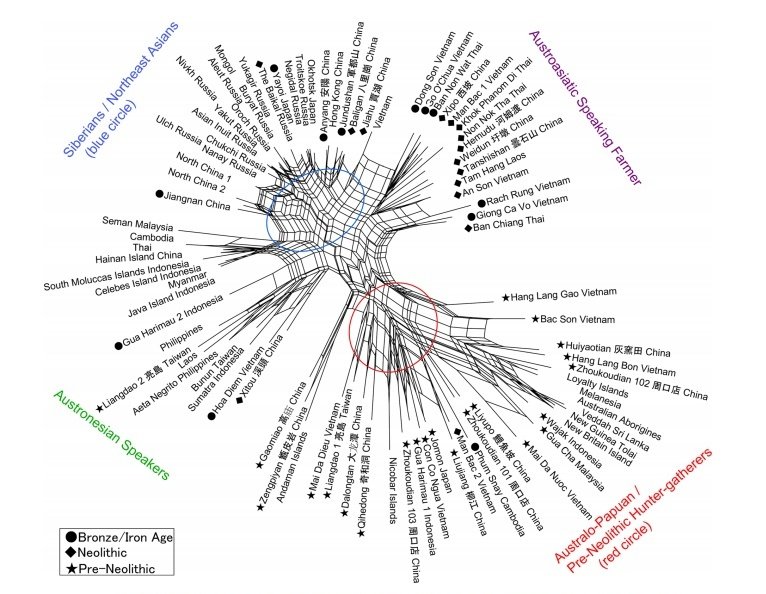
Mungkin diuji dulu DNA-nya, Pak? Nanti bisa dibandingkan dengan DNA kuno pemburu Hoabinhian yang tersedia
https://twitter.com/kompascom/status/1404014226092412932
Contoh perawakan fisik tidak bisa jadi pijakan yang kuat: Liangdao, Man Bac, Mai Da Dieu, Mai Da Nuoc, Gua Cha, Gua Harimau, Nikobar, secara genetik ikut 'Austronesian' dan 'Austroasiatic farmers' 

Contoh lain, ketika sekuensing genome Rampasasa, dari 32 sample dipilih 10 berdasarkan tinggi badan yang rata² lebih pendek. Ternyata garis maternalnya sebagian dari petani Neolitik daratan Asia. Hanya satu garis maternal lokal. Akhirnya tidak menemukan yang dicari
Singkat kata, kekerabatan tidak bisa disimpulkan dari perawakan fisik
https://twitter.com/motherlander/status/1199660498649698305?s=19
• • •
Missing some Tweet in this thread? You can try to
force a refresh













